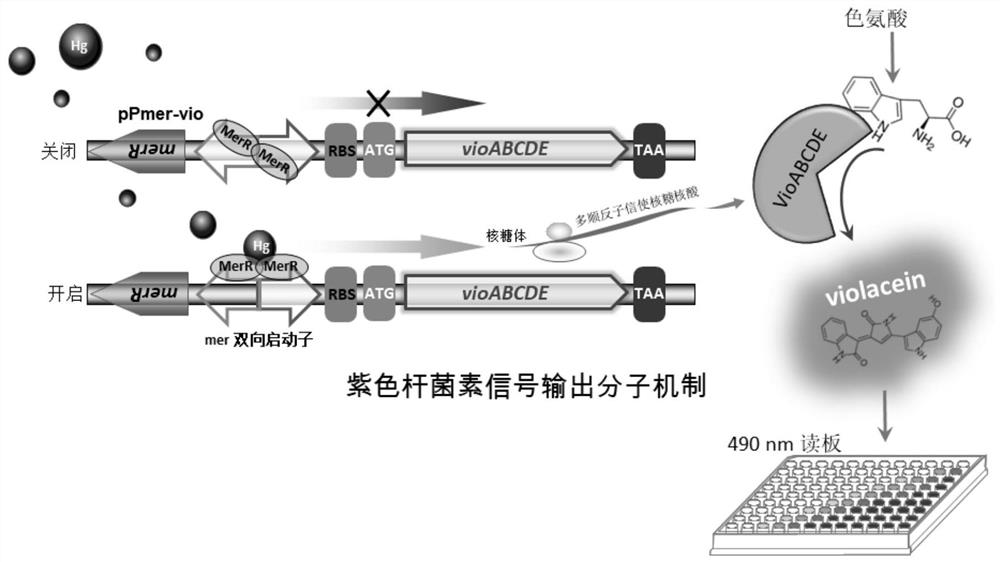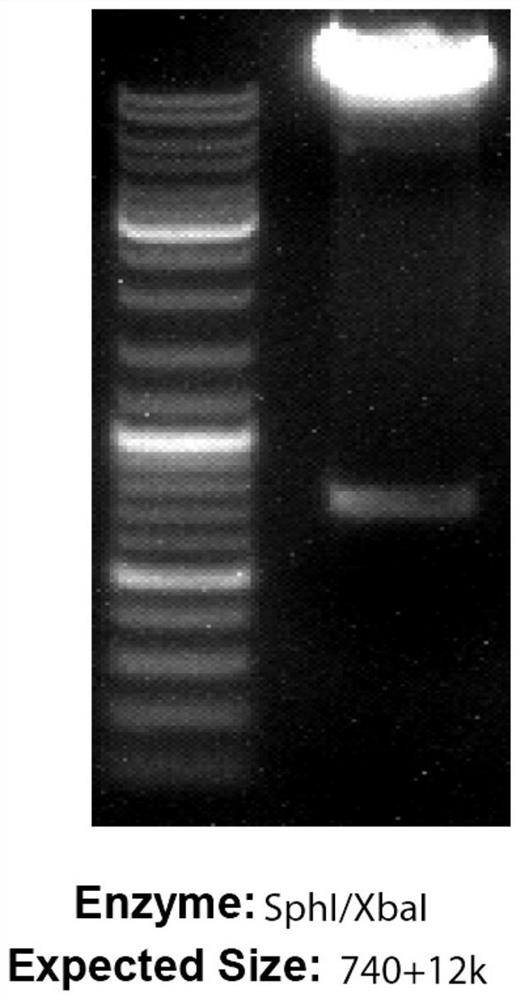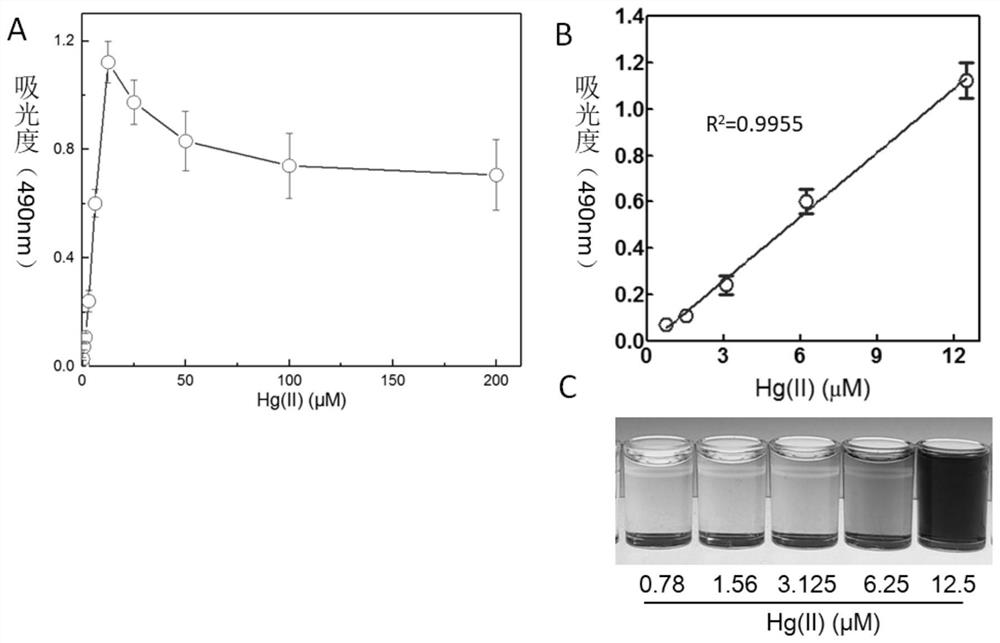Construction of mercury ion microorganism whole-cell biosensor taking violacein as output signal and application thereof
A violacein and mercury ion technology, applied in the biological field, can solve the problems that have not yet been reported by biosensors
- Summary
- Abstract
- Description
- Claims
- Application Information
AI Technical Summary
Problems solved by technology
Method used
Image
Examples
Embodiment 1
[0067] Example 1. Construction and application of mercury ion microbial whole-cell biosensor with violacein as output signal
[0068] 1. Construction of recombinant plasmid pPmer-vio
[0069] The first step is to use pET-21a(+) as the vector to synthesize the violacein synthetic gene module (position 555-7924 of SEQ ID No.1), and insert it into pET-21a(+) using NdeI / SacI In , the recombinant plasmid verified by sequencing was named pET-vio.
[0070] The structure of pET-vio is described as: a recombinant plasmid in which the small fragment between NdeI / SacI of the pET-21a(+) vector is replaced with the DNA fragment shown in the 555-7924th position of SEQID No.1.
[0071] In the second step, the merR-mer promoter gene module (position 7-512 of SEQ ID No.1) is synthesized from the entire gene, inserted into the pET-vio vector using BglII / XbaI, and the recombinant plasmid verified by sequencing is named as pPmer-vio.
[0072] The structure of pPmer-vio is described as: a rec...
PUM
 Login to View More
Login to View More Abstract
Description
Claims
Application Information
 Login to View More
Login to View More - R&D
- Intellectual Property
- Life Sciences
- Materials
- Tech Scout
- Unparalleled Data Quality
- Higher Quality Content
- 60% Fewer Hallucinations
Browse by: Latest US Patents, China's latest patents, Technical Efficacy Thesaurus, Application Domain, Technology Topic, Popular Technical Reports.
© 2025 PatSnap. All rights reserved.Legal|Privacy policy|Modern Slavery Act Transparency Statement|Sitemap|About US| Contact US: help@patsnap.com



